Where is Action Painting Today ? The Heritage of Jackson Pollock
Only few art movements have been so criticized as Action Painting or Gestural Abstraction. When this movement emerged, critics were merciless. This is not art—it's a joke in bad taste – that was the title of the Reynold’s News headline in 1959, describing the art of Jackson Pollock.
Even today, many art enthusiasts, experts and critics dismiss this movement as artistic one. Pretty harsh words for an art movement that led to one of the most revolutionary developments in American contemporary art, right? Fifty years after its appearance, Action Painting still raises a lot of controversy, but a lot of admirations as well.
One thing is sure – art pieces that are created using unique techniques and styles of Action Painting leave no one indifferent. Like it or not, everybody has opinion about these magical paintings.
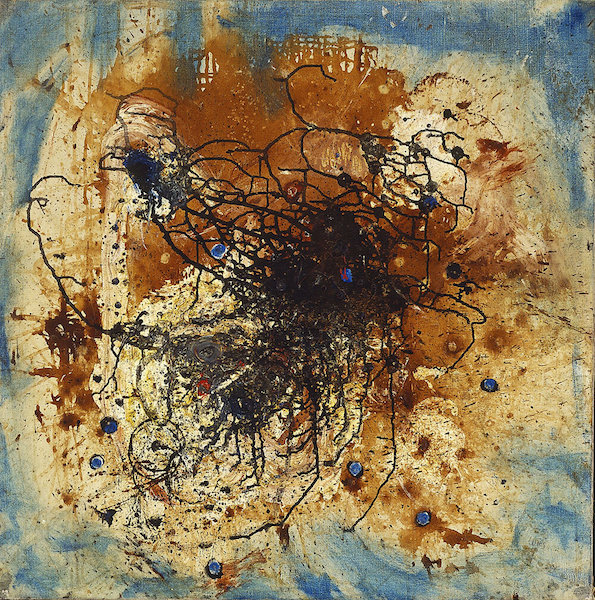
What is Action Painting?
If we want to examine what is the position of Action Painting today, or to be more precise, to see what the heritage of Jackson Pollock is, we have to define this extraordinary art style.
As the term says for itself, Action Painting is a style used in painting – a style that emphasizes the process of making art, often through a variety of techniques that include dripping, dabbing, smearing, and even flinging paint on to the surface of the canvas.
Action Painting is characterized by energetic techniques that depend on broad gestures directed by the artist's sense of control interacting with chance or random occurrences (that is why it is also called Gestural Abstraction). It’s about direct, instinctual, and highly dynamic kind of art that involves the spontaneous application of vigorous, sweeping brush strokes and the chance effects of dripping and spilling paint onto the canvas.

The Origin of the Term
The term Action Painting was coined by the American critic Harold Rosenberg in 1952. In the essay entitled The American Action Painters, Rosenberg argued that the canvas was an arena in which to act (for Action Painters). Until 1952, those who would later be labeled as Action Painters had been part of the Abstract Expressionism.
However, their unique style and technique simply begged for a new term. Jackson Pollock, Franz Kline and Willem de Kooning had already been using this technique, but the critics and writers were those who defined their art.
Rosenberg's critique shifted the emphasis from the object to the struggle itself, with the finished painting being only the physical – the process and the action is the act of art, artworks are not in the focus; this is something that would influence the emergence of a number of art movements in the coming years.
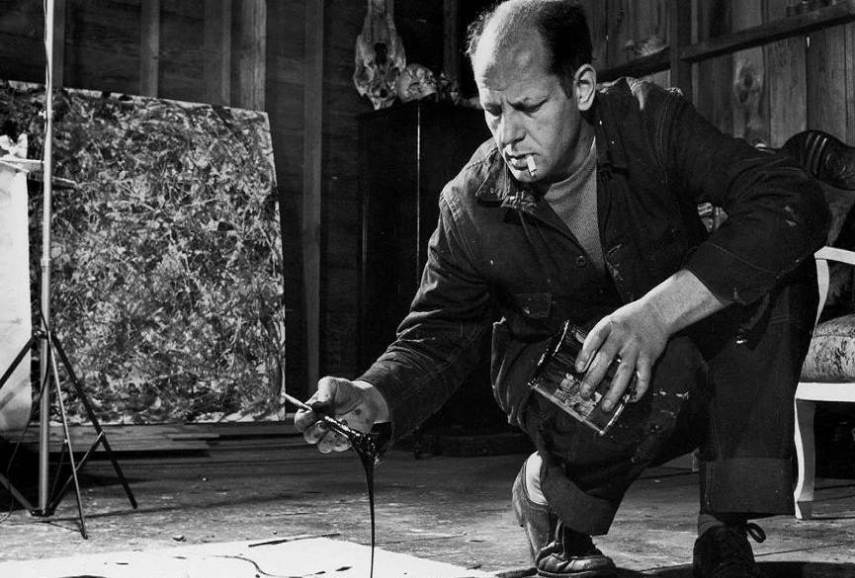
Historical Context
There is no way to understand the Action Painting without having in mind the historical context in which it emerged. The style was widespread from the 1940s until the early 1960s. We could say that New York City was the center of the developments within the Action Painting. It was post-World War II artistic reaction to the developments in the fields of psychoanalysis and quantum mechanics.
Psychoanalysis was particularly important, because people became aware of something that is called Self-Consciousness and Subconscious. Before “psychoanalyst revolution”, artists aimed to represent object per se, they tried to evoke different emotions, feelings in regard with certain object.
But, psychoanalysis proved that objects can be perceived only by conscious part of human mind – but, what about the subconscious, which is probably even more important for a human than consciousness?
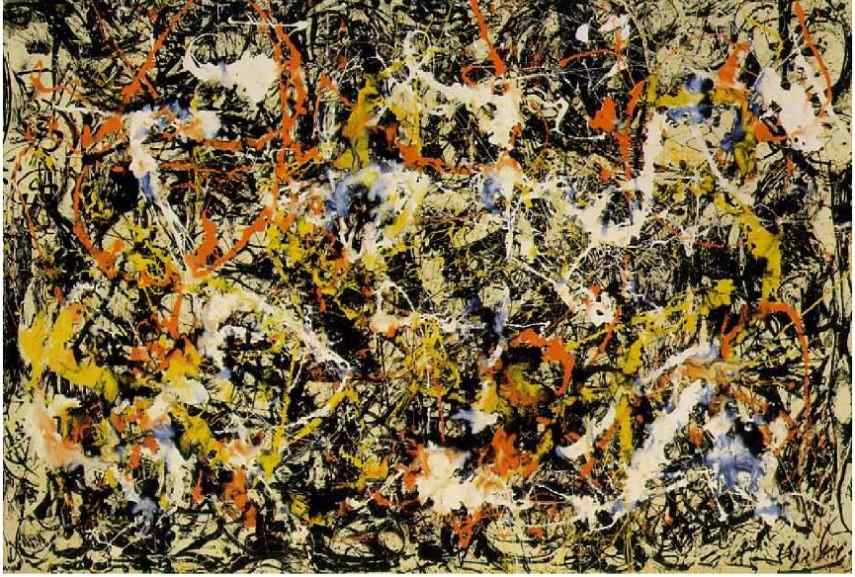
Psychoanalysis and Action Painting
Sigmund Freud and Carl Jung both wrote and developed ideas on sub-consciousness. They had different approaches, but they believed it has a crucial part in human’s understanding of reality. Although surrealists from 1920s addressed those issues as well, Action Painting took ideas of the subconscious as its underlying foundations.
Action Painters tried to touch the observer deep in the subconscious mind, evoking a sense of the primeval and addressing the collective sense of an archetypal visual language. In order to do so, they were creating unconsciously, or at least, they tried to do so. And, one of the main features of unconscious behavior is automatism.
It means that the artists do not have to use their conscious part of their mind – they created like they were in some phase of ecstasy or hypnosis.
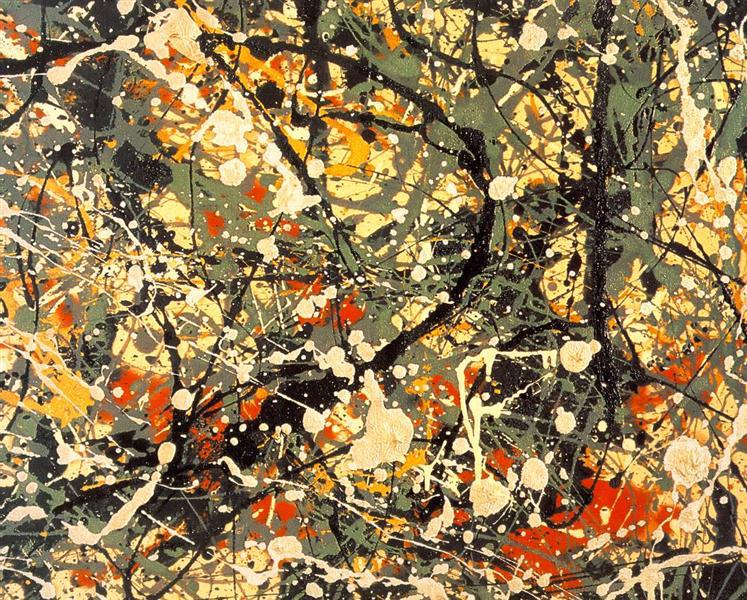
It Began With Jackson Pollock
It is generally recognized that Jackson Pollock’s abstract drip paintings, executed from 1947, opened the way to the bolder, gestural techniques that characterize Action Painting. Indeed, many recognize Jackson Pollock as the father of Action Painting. In the late 1940s, Pollock began to use hardened brushes, sticks, and even basting syringes as paint applicators. His technique of pouring and dripping paint is thought to be one of the origins of the term action painting.
With this technique, Pollock was able to achieve a more immediate means of creating art, the paint now literally flowing from his chosen tool onto the canvas. He did not even touch the canvas – he defined the convention of painting on an upright surface. And this technique is crucial for understanding of the Action Painting.
Pollock worked in a highly spontaneous improvisatory manner, dancing around the canvas pouring, splashing and dripping paint onto it. In this way, he claimed to be channeling his inner impulses directly onto the canvas. Many other famous creatives of that time embraced this technique: Willem de Kooning, Helen Frankenthaler, Franz Kline, Bradley Walker Tomlin, and Jack Tworkov.

Surrealism and Action Painting
We already mentioned that surrealism influenced the emergence of Action Painting. But, there is a big difference. While European surrealists from 1920s used automatic techniques, they were still creating within conscious control (although they aimed to awaken unconscious associations in the viewer).
On the other hand, these creators did not “control” themselves; they embraced instinctive creative forces free play in order to reveal these forces directly to the viewer. Therefore, it’s not surprising that many claim that Action painting practitioners embraced irrationality – the moment of the creation is equally important as the final product.
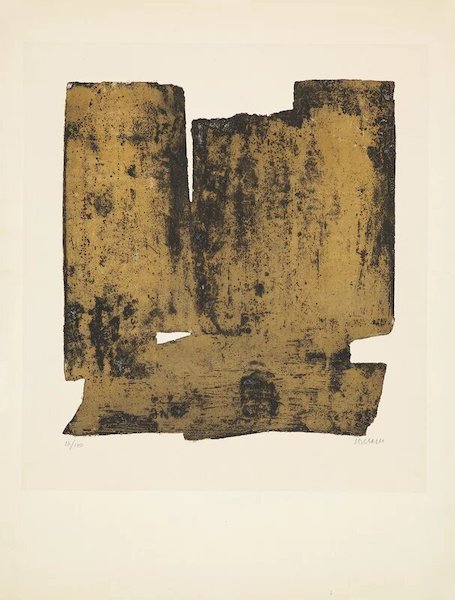
The Response from Europe
Being an American movement, Action Painting provoked reactions in Europe. The most important movement that emerged as reaction to the Action Painting was Tachisme. Tachisme emerged in France in the 1940s and 1950s, and it is closely related to Informalism or Art Informel.
This movement was characterized by the absence of premeditated structure, conception or approach. Some of the most prominent figures of Tachisme were Jean-Paul Riopelle, Wols, Jean Dubuffet and Pierre Soulages.
A Video of Painting Techniques of Jackson Pollock
The Death of Action Painting
Action Painting was heavily criticized, which led to a rebellion led by creatives coming from different art movements. They were attacking the so-called “irrationality” of the Action Painting. Action Painting was of major importance throughout the 1950s in Abstract Expressionism, the most-influential art movement at the time in the United States.
However, by the beginnings of the 1960s, leadership of the movement had shifted to the color-field and abstract imagist painters, whose followers in the 1960s rebelled against the irrationality of the Action painters. Simultaneously, new art movements began to emerge and to dominate the American contemporary art scene.
The Heritage
The Action Painting survived – today it is called Gestural Abstraction. There are so many contemporary art makers today that use the technique and style developed by Action Painters. Gerhard Richter is one of them. But, there are a number of other names as well – and these works are still popular – you can just take a look at auctions, and you will see how collectors (for example) appreciate this style.
However, the biggest heritage of Jackson Pollock and Action Painters can be found in their influence to a number of other art movements emerged after Action Painting. Happenings, Fluxus, Conceptual art, Performance art, Installation art and Land Art – just to mention few. If we only briefly take a look at performance art, and it’s “mother” – Marina Abramovic, we’ll see how the process of making art developed by Action Painters influenced creators belonging to other art movements.
Although she uses different medium, a similar philosophical understanding of what art is can be identified in both Abramovic’s and Pollock’s art – the art is process, not the final product.
Be sure to check out Marina's works on our marketplace!
Editors’ Tip: Action Jackson
This book, created by award-winning authors Jan Greenberg and Sandra Jordan, focuses on a canvas that would ultimately become known as Number 1, 1950 (Lavender Mist). Conceived as a picture book, it contains lyrical text, drawn from Jackson Pollock’s own comments and those made by members of his immediate circle, and it is perfectly complemented by vibrant watercolors by Robert Andrew Parker. A photographic reproduction of the finished painting, a short biography, and a bibliography, are fascinating reading in their own right make this an authoritative as well as beautiful book for readers of all ages. Action Jackson is a New York Times Best Book of the Year, and a Publishers Weekly Best Book of the Year.
Featured Image: Jackson Pollock - Number 1, 1949. Image via Creative Commons
Can We Help?
Have a question or a technical issue? Want to learn more about our services to art dealers? Let us know and you'll hear from us within the next 24 hours.

